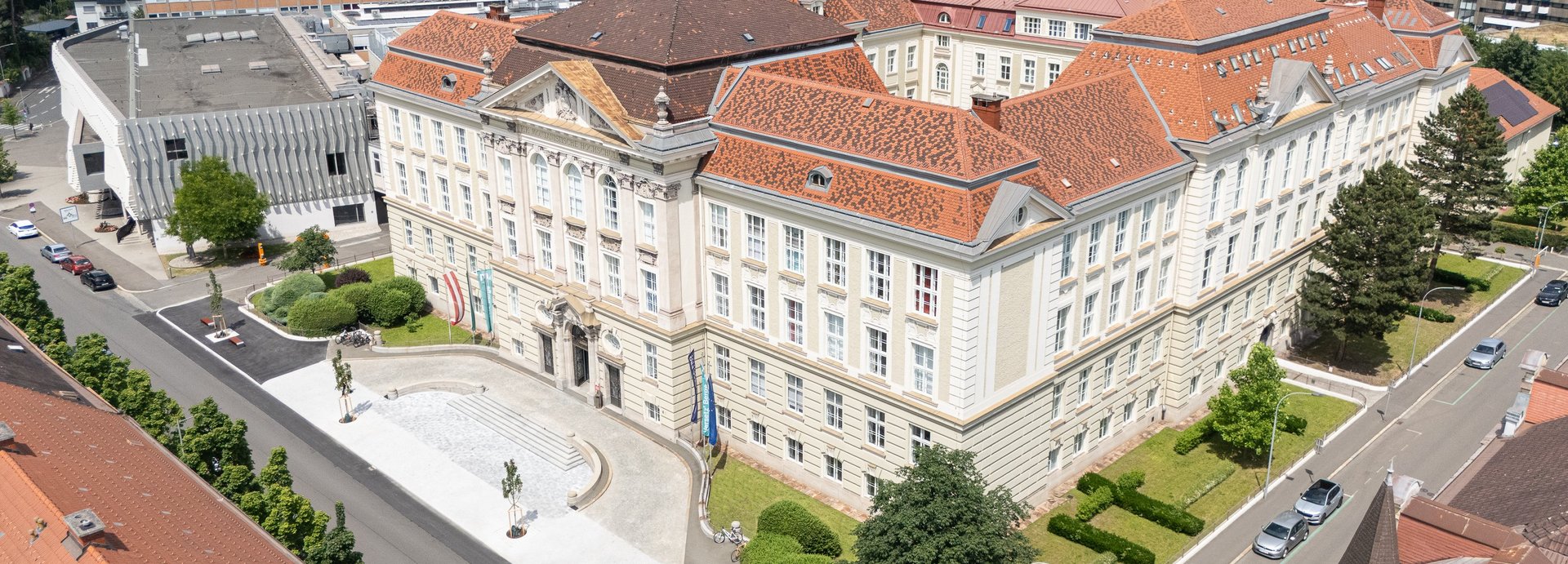Block caving and sublevel caving have in common that rock mass caves during the extraction of the ore body in a controlled way. As a result regional stress changes, the formation of considerable abutment stresses, large-scale subsidence and significant seismic energy releases occur. Experience shows that these rock mechanics effects become especially critical at great depths as well as in strong competent rock masses. In order to address latter issues the new mining method “Raise Caving” was developed.
A further disadvantage of currently applied caving methods is their very long development time. It could take up to 15 years, until production starts. “Raise Caving” addresses also this shortcoming by enabling shorter ramp-up times until production. Furthermore, “Raise Caving” provides a good flexibility. Overall, the new mining method facilitates or enables a safe, low-cost and efficient extraction of deposits, particularly at great depths.
The new method is applicable at great depths, more flexible and cheaper
In “Raise Caving” the deposit is initially de-stressed with de-stressing slots developed from raises. Substantial pillars separate neighboring slots in order to control stress magnitudes and seismicity during de-stressing. The slots provide a stress shadow for production infrastructure, so that stoping can take place in de-stressed ground. As mining progresses, pillars are extracted and hangingwall is allowed to cave. “Strategic de-stressing of the deposit in combination with the application of raises enables a safe, as complete as possible and low-cost mineral extraction, particularly at great depths, where the control of rock pressure is decisive.”, explains Tobias Ladinig of the Chair of Mining Engineering. “The application of raises offers further, considerable potential, for example a rapid and efficient undercutting of the deposit or improved possibilities for controlling the caving direction.”
The new mining method has been developed jointly with the Swedish mining company LKAB. LKAB operates in Kiruna one of the largest and most modern underground mines worldwide. A joint research and development project, which includes a “Raise Caving” test site in Kiruna mine, is ongoing.
More information
Dipl.-Ing. Tobias Ladinig
Chair of Mining Engineering and Mineral Economics
tobias.ladinig(at)unileoben.ac.at
T: +43 3842 402 2010
M: +43 664 80898 2010




